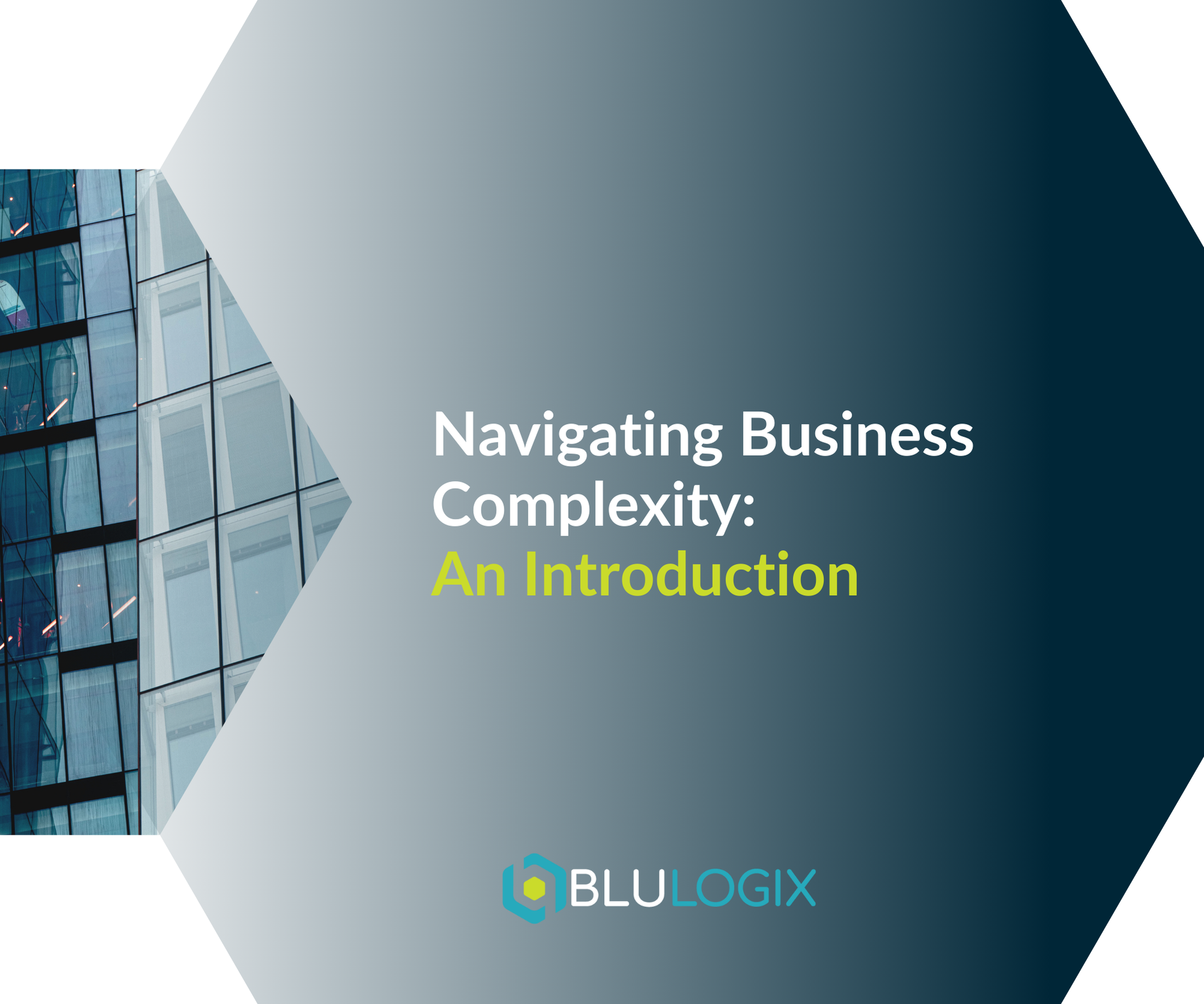Mastering the Art of Complex B2B Recurring and Subscription Billing: Effective Data Mediation Strategies
In the intricate ecosystem of B2B subscription management, the ability to accurately mediate and process complex data sets stands as a cornerstone for reliable billing and insightful reporting. Data mediation—the process of transforming raw usage data into a format suitable for billing and analysis—presents a significant challenge, particularly as businesses scale and diversify their offerings. This post reviews effective strategies for mastering data mediation, ensuring that businesses can maintain accuracy in billing and glean actionable insights from their data.
Take your business further with BluIQ’s flexible, scalable, enterprise-grade intelligent billing solutions.
The Role of Data Mediation in Subscription Billing
Data mediation is critical in scenarios where customer usage varies widely, such as in SaaS platforms, telecommunication services, or any subscription model that incorporates usage-based billing. The process involves collecting data from various sources, normalizing it to ensure consistency, and then correlating it with the correct customer accounts and pricing plans. Effective data mediation enables businesses to:
- Accurately bill customers based on their actual usage,
- Quickly adapt to new billing models and services,
- Enhance customer trust through transparent and accurate billing.
Challenges in Data Mediation
Businesses face several hurdles in mediating data effectively:
- Volume and Variety: The sheer volume of data and its varied formats can overwhelm traditional processing methods.
- Accuracy: Ensuring the accuracy of mediated data is paramount, as errors can lead to billing inaccuracies and disputes.
- Timeliness: Processing data in a timely manner is crucial for maintaining up-to-date billing and customer reports.
Strategies for Effective Data Mediation
- Implement Robust Data Collection Mechanisms: Begin with reliable data collection systems that can handle high volumes and varieties of data, ensuring that all relevant usage information is captured accurately.
- Automate the Mediation Process: Use automation tools to streamline the normalization and correlation of data. Automation not only speeds up the process but also reduces the potential for human error.
- Utilize Scalable Data Processing Platforms: Choose data processing and mediation platforms that can scale with your business, accommodating growth in data volume without compromising on performance.
- Ensure Data Integrity: Regularly validate and cleanse your data to maintain its accuracy. Implement checks and balances within your mediation platform to detect and correct anomalies.
- Provide Transparent Customer Access: Allow customers to access their usage data and see how it translates into billing. Transparency builds trust and helps pre-empt billing inquiries and disputes.
- Leverage Advanced Analytics: Once data is mediated, apply advanced analytics to transform it into actionable insights. This can help in identifying billing trends, customer usage patterns, and opportunities for service improvement.
- Continuous Improvement: Data mediation is not a set-it-and-forget-it process. Continuously monitor the effectiveness of your mediation strategies and be prepared to adapt as new services, billing models, or data sources are introduced.
Effective data mediation is crucial for businesses looking to capitalize on the flexibility and customer-centricity of the B2B subscription model. By implementing the strategies outlined above, businesses can ensure that their billing processes are accurate, efficient, and transparent, laying the groundwork for sustained growth and customer satisfaction.
Take your business further with BluIQ’s flexible, scalable, enterprise-grade intelligent billing solutions.
Learn more
Navigating Subscription Billing Account Complexity in Modern Enterprises
In the era of digital transformation, enterprises face unprecedented challenges in managing account complexities. Whether dealing with hierarchical structures, parent-child accounts, or the intricacies

Navigating Business Complexity: An Introduction
In today’s rapidly evolving business landscape, complexity is an inevitable challenge that companies must navigate to stay competitive and deliver value to their customers.

The Future of Billing: Simplifying Recurring Revenue Monetization with BluIQ
In today’s fast-paced business environment, traditional billing platforms are no longer sufficient to keep up with the massive transformation taking place in subscription-based models.

